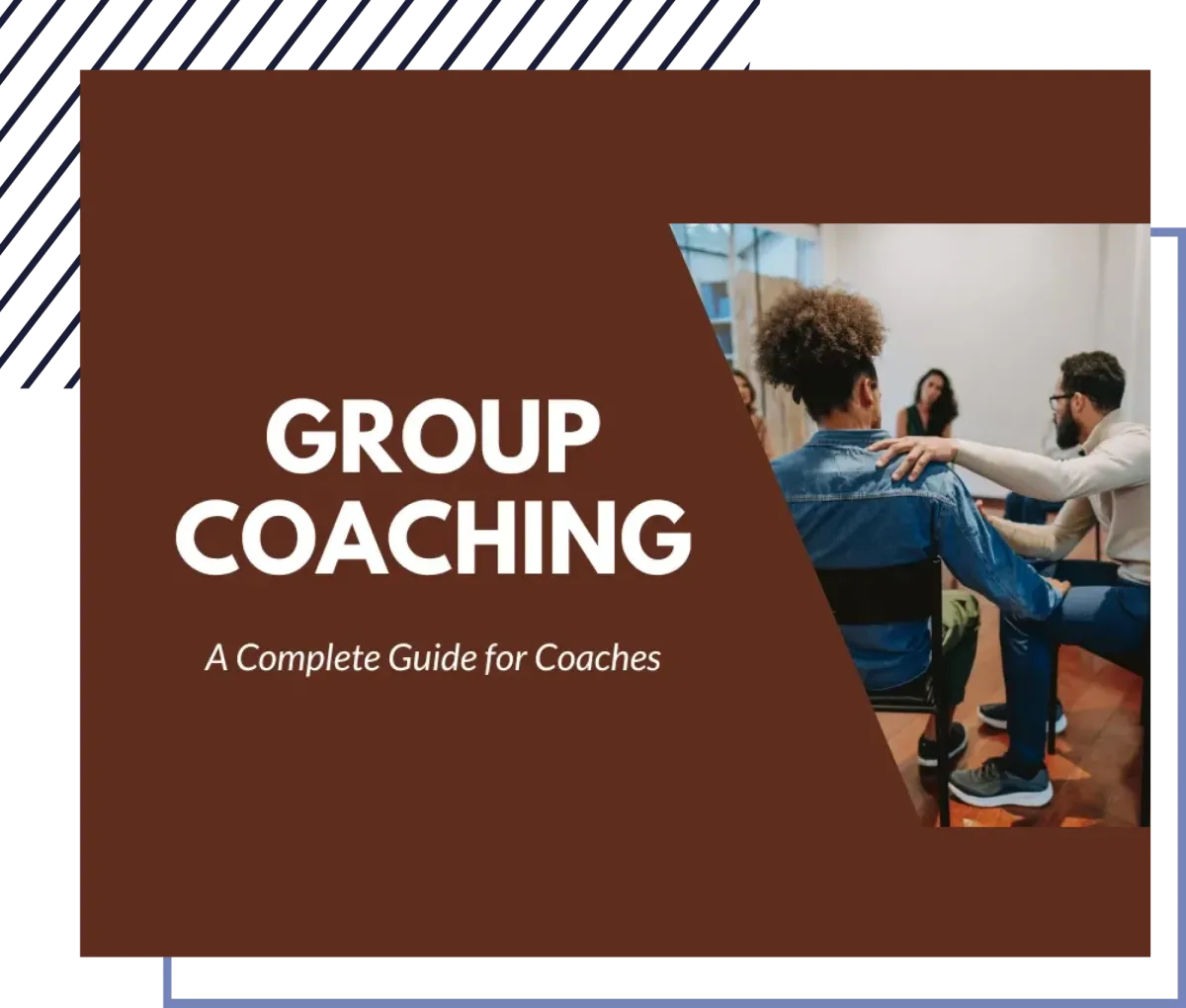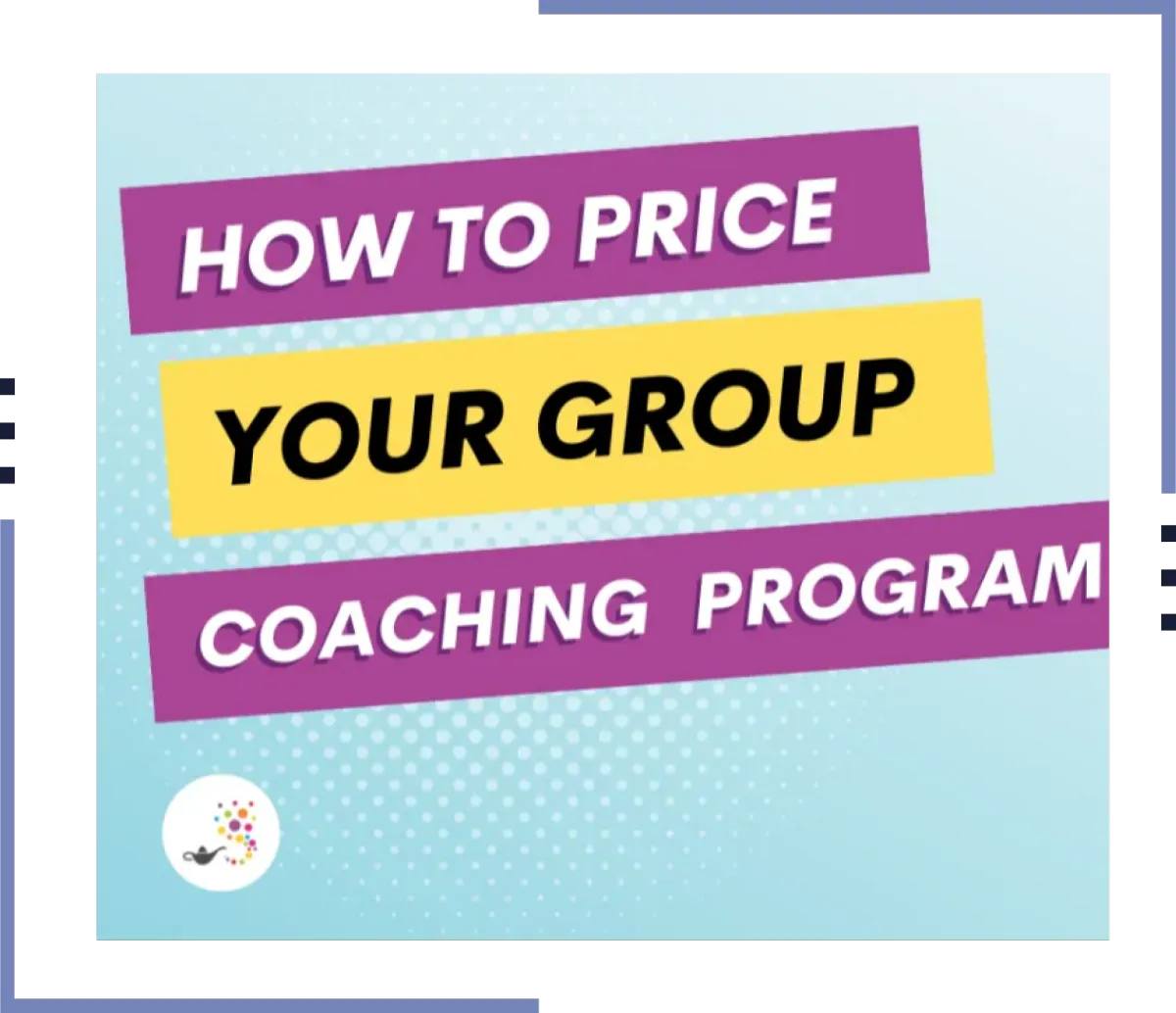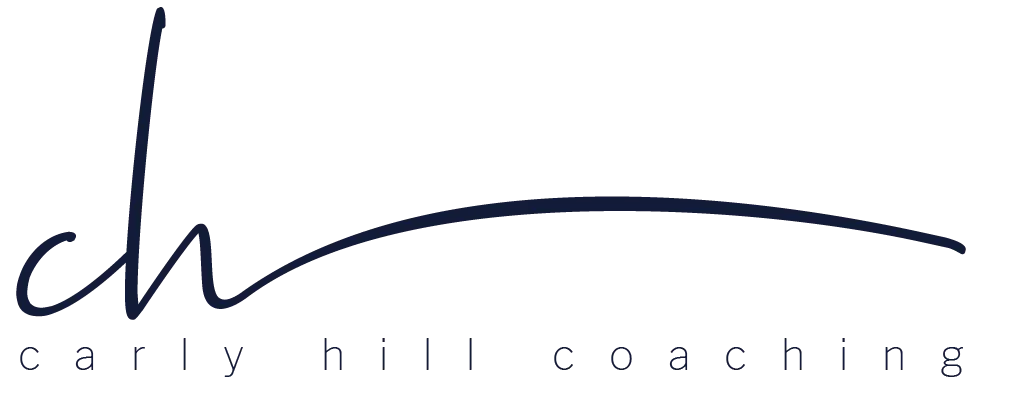Carly Hill Takes you From Therapist to Coach with 3x the income
Group Coaching for Therapists - Maximizing Impact and Income

FSDAVCFEBFEVSDDVFSD

FSDAVCFEBFEVSDDVFSD

FSDAVCFEBFEVSDDVFSD
Therapist Career Change for Group Coaching

Group coaching for therapists is becoming a go to strategy for those aiming to amplify their impact and income. By working with multiple clients at once, therapists can foster a supportive environment where clients benefit from both professional guidance and peer interactions.
This method not only increases therapeutic outcomes but also allows therapists to serve more clients in less time, increasing their income potential. The growing popularity of therapist group coaching benefits reflects its efficiency and appeal, offering a way to manage therapist workload while expanding access to coaching services, ultimately preventing burnout and boosting earnings.

Organizing Your Group Coaching Sessions
Starting therapist group coaching sessions requires careful planning to create a meaningful experience for your clients. Begin by defining your target group, focusing on a specific issue or goal that aligns with your expertise. Once your niche is clear, decide on the ideal group size typically between 6 to 12 participants to maintain engagement and allow for personal interaction. Create a session structure that includes introductions, topic discussions, and interactive activities, verifying that each session flows smoothly.
To keep sessions effective, use a mix of teaching, discussion, and reflection. Encourage participation by asking open-ended questions and fostering a safe space where everyone feels comfortable sharing. Incorporate regular feedback loops to adjust the pace and content according to the group’s needs. This flexibility helps maintain energy and focus throughout the program.
For the logistical setup, consider whether your sessions will be online, in-person, or a hybrid model. Online platforms like Zoom or Google Meet offer convenient scheduling and recording options, while in-person sessions might require a consistent venue. verify all technical aspects, like audio and video quality, are sorted beforehand to avoid disruptions during the session.
Effective Cost Plans for Group Coaching

Setting the right price for group coaching sessions is key to attracting clients while maximizing income. You can choose from various pricing models, such as flat fees per session, package deals, or subscription-based pricing.
A flat fee is straightforward to manage, while packages offer value for clients committing to multiple sessions. Subscription models can provide a steady income stream and keep clients engaged long term. Each model has its advantages, depending on your target audience and business goals.
Balancing your pricing strategy involves considering market rates, the value of your sessions, and your level of expertise. Research what other therapists charge for similar group coaching sessions in your area to stay competitive. Also, reflect on the unique benefits you offer, whether it's specialized knowledge, experience, or additional resources, and price your sessions accordingly.

Successful coaches often find that slightly higher rates can attract more committed clients who are serious about their growth, leading to better outcomes for both parties.
Examples of effective pricing include coaches who bundle sessions with exclusive content or one-on-one support, allowing them to charge premium rates. Another approach is offering a discounted first session or a free consultation to build trust and demonstrate the value of your coaching before clients commit to a full package.
Managing Multiple Clients in Group Coaching
Managing diverse client dynamics in therapist-group coaching sessions can be challenging, but with the right therapist-group coaching strategies, it can also be highly rewarding. Start by setting clear expectations and group norms from the beginning, verifying that everyone understands the flow and objectives of the sessions. Encourage open communication and respect among participants, which helps in balancing different personalities and needs. Group icebreakers and regular check-ins can help create a comfortable environment where clients feel valued and heard.
To keep sessions productive, consider using tools like round-robin discussions or breakout groups that allow for more focused interaction. These techniques verify that each participant has a voice while maintaining the overall session flow. Digital tools like Zoom’s breakout rooms or collaborative platforms like Miro can facilitate smoother interactions, especially in larger groups. Incorporating structured agendas and time management techniques can also help keep track sessions and verify that all clients receive equal attention.
Methods for Minimizing and Preventing Therapist Exhaustion
Therapist burnout prevention can creep up, especially in group coaching settings where the demands are amplified. Early signs include emotional exhaustion, reduced empathy, and feeling detached from clients. It's important to recognize these signals and address them promptly to maintain your effectiveness as a coach. Pay attention to changes in your mood, energy levels, and overall satisfaction with your work, as these can indicate the need for adjustments in your approach.
Incorporating self-care strategies into your routine is key. Prioritize regular breaks between sessions to recharge mentally and physically. Setting clear boundaries with clients, such as defined session times and not responding to messages outside of work hours, can help preserve your energy. Engage in activities that bring joy and relaxation, whether it's exercise, meditation, or hobbies, to replenish your mental and emotional reserves. Balancing your workload and making time for personal interests is key to sustaining a long and healthy career in coaching.


Maximizing the Effectiveness of Group Coaching
Maximizing income group coaching can be a powerful tool for driving significant breakthroughs among clients. The collaborative environment allows clients to benefit not only from the guidance of the coach but also from the shared experiences and insights of their peers. This collective wisdom often accelerates progress, as clients learn from each other's successes and challenges. The group setting can create a sense of accountability, motivating participants to stay engaged and committed to their goals, which can lead to more effective outcomes.
The dynamics within a group are necessary for increasing the therapeutic process. The interactions among group members often foster a sense of belonging and support that is difficult to achieve in one-on-one sessions. This camaraderie can reduce feelings of isolation that clients may experience in their struggles, making them more open to sharing and receiving feedback. Group discussions also provide diverse perspectives, offering clients new ways of thinking about their issues, which can spark difficult insights and lead to transformative changes.
The structure of group coaching sessions can be designed to maximize impact by incorporating various interactive elements such as role-playing, group exercises, and collaborative problem-solving. These activities not only keep participants engaged but also reinforce learning by applying concepts in real time. As clients observe and participate in these exercises, they often gain deeper insights into their behavior and mindset, leading to lasting change. Group coaching, therefore, harnesses the power of community and shared learning to drive meaningful and sustained progress for all participants.
Techniques for Efficient Group Coaching

Efficiency in group coaching hinges on clear structure and effective time management. One method to increase efficiency is by setting a clear agenda before each session, allowing both the coach and participants to stay focused on key objectives. Utilizing techniques like time-blocking verifies that each topic gets the necessary attention without dragging on, keeping sessions dynamic and engaging. Prioritizing the most difficult topics first can help manage time better and avoid rushing through important discussions as the session ends.
Incorporating technology can also boost efficiency. Tools like Zoom for virtual meetings and Miro for collaborative brainstorming can streamline the coaching process. These platforms enable smooth communication and interaction, even in larger groups. Using automated scheduling tools like Calendly can simplify the process of organizing sessions and follow-ups. Digital platforms also allow for recording sessions, providing participants with valuable resources they can revisit, which further reinforces learning and progress.

Innovative and Creative Ways to Group Coaching
To keep group coaching sessions impactful and engaging, therapists can introduce creative strategies like peer-led discussions and rotating leadership roles. These techniques encourage active participation and empower clients to take ownership of their progress. Integrating multimedia elements, such as video case studies or interactive polls, can also make sessions more dynamic and cater to different learning styles. Gamification, where clients earn rewards or recognition for participation and milestones, can further increase engagement and motivation.
These strategies can seamlessly integrate into traditional therapeutic practices, offering a fresh approach that increases both income and client satisfaction. By incorporating innovative elements, therapists can differentiate their services in a competitive market, making their sessions more appealing to a broader audience. This approach not only elevates the client experience but also allows therapists to charge premium rates, reflecting the added value of these increased group coaching sessions.

Carly Hill
LCSW; Author
Stay Up-to-date with our Content
Subscribe to learn more about our mission!
Stay Up-to-date With Our Content
Subscribe to learn more!
Free Resources
Free Resources
Copyright © 2025 Carly Hill Coaching LLC


